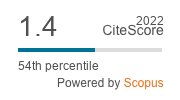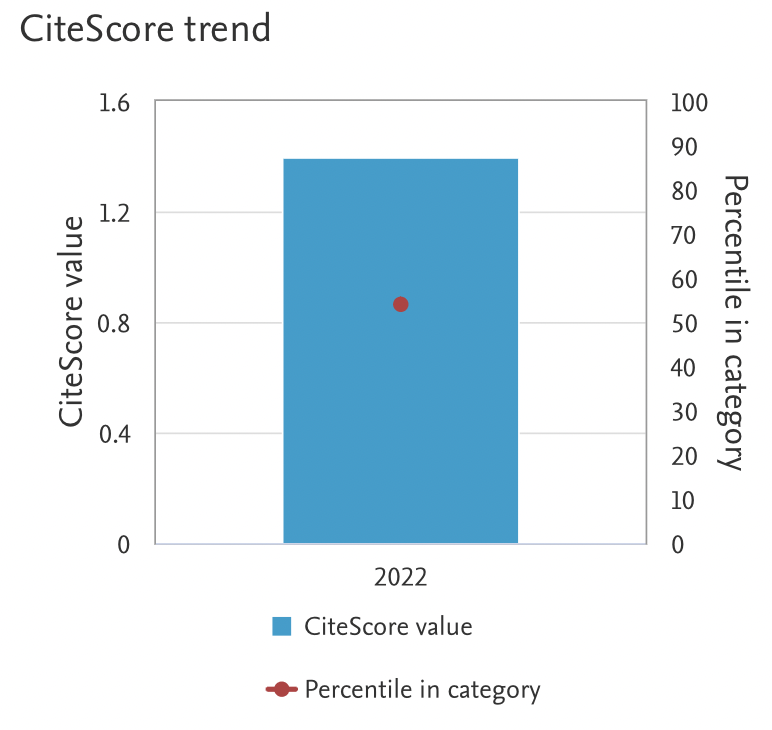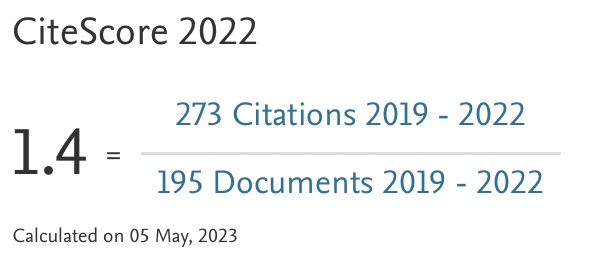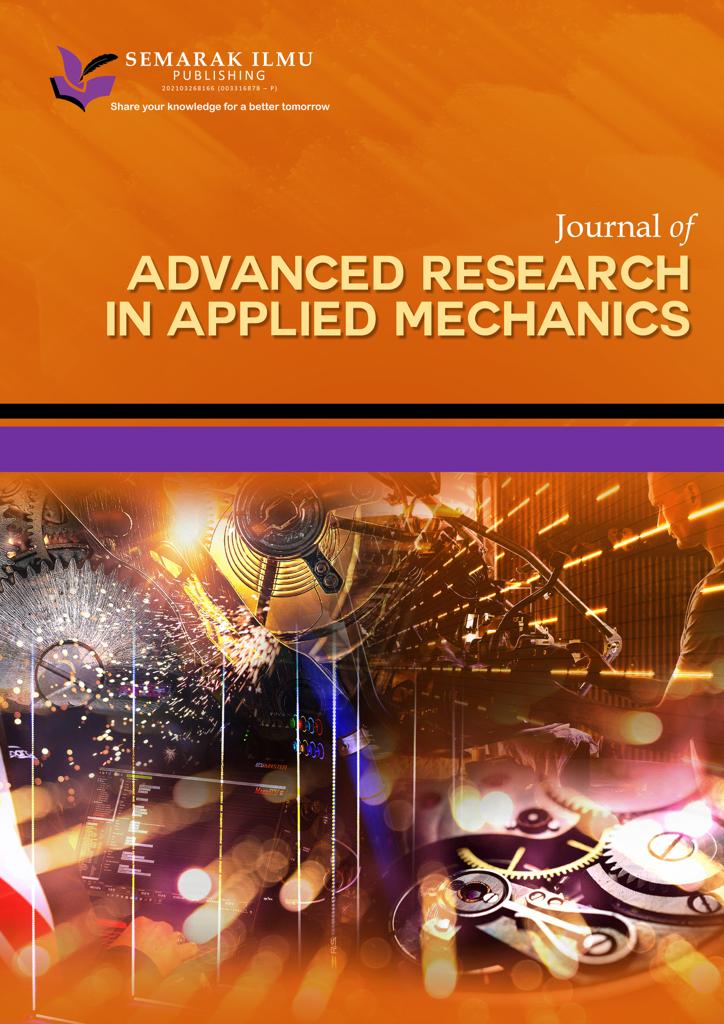Stakeholder Analysis using Fuzzy Logic Operations for Integrated User Story Prioritisation Approach in Agile-Scrum Method
DOI:
https://doi.org/10.37934/araset.47.2.7693Keywords:
Requirements prioritization, Agile software development, Stakeholder, Stakeholder analysis, Requirements engineeringAbstract
Effective prioritisation of user stories in Agile-Scrum projects is pivotal to ensuring optimal allocation of resources and meeting both user and system requirements. The process of prioritising user stories requires careful stakeholder analysis to determine their influence, the significance of their story, and the value it adds to the project. Common challenges, such as conflicting views, stakeholder exclusion, requirements overflow, insufficient stakeholder input, and incorrect prioritisation of user stories, are typical. This study presents an innovative approach to user story prioritisation by integrating stakeholder analysis as part of the user story prioritisation process in the Agile-Scrum method. The analysis employs fuzzy logic operations to rank stakeholders based on selected parameters, facilitating a more comprehensive understanding of their contributions and concerns. The study’s application focuses on the context of an ATM system’s requirements and associated user stories. Feedback was gathered from software experts well-versed in practising the Agile methodology within their respective organisations. Results from this study highlight the positive impact of stakeholder analysis during the prioritisation process. At the same time, the software experts praised the approach’s ability to integrate functional and non-functional user stories during the prioritisation process. By systematically addressing stakeholder perspectives, this approach ensures a balanced consideration of diverse user needs and system requirements, ultimately enhancing the accuracy and efficacy of user story prioritisation within Agile-Scrum projects.
















